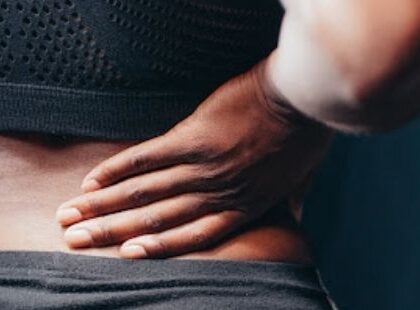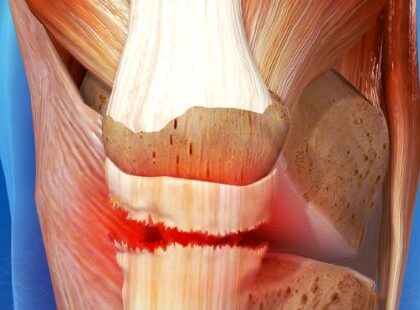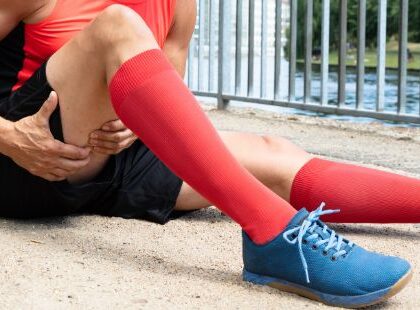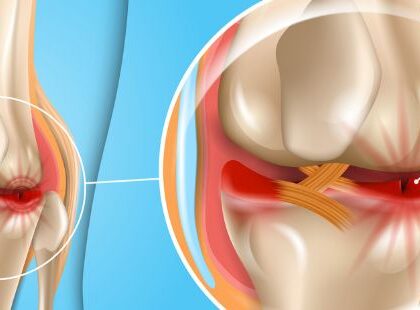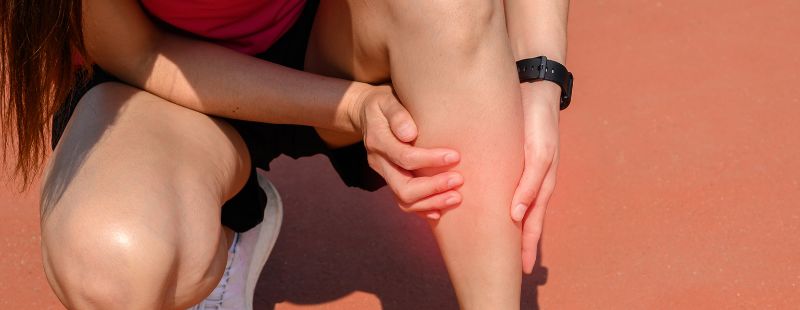
Shin splints refer to a condition where you experience pain – often constant and recurring - in the front of the lower legs (shins). It’s quite common in athletes and military recruits. It is estimated that about 13.6 – 20% of runners and up to 35% of military recruits experience shin splints at some point in time. Shin splints can be very painful and debilitating when they are highly inflamed and acute.
If you have been suffering from shin splints and you need help in managing this condition, read on.
This article will help you understand what shin splints are, what causes them and what you can do yourself to manage the pain. It also will help you understand how working with an expert Sports Chiropractor can help you recover faster.
What are Shin Splints?
Shin Splints are an inflammation of the muscles located in the front of the lower legs. The phrase ‘shin splints’ is used to describe the pain that is experienced along the shin bone (known as the tibia) from your knee down to your ankle. It is, in fact, a catch-all term used to describe several conditions such as anterior shin splints, posterior shin splints and medial tibial stress syndrome (MTSS).
Although the exact mechanics of the pain isn't completely known, it is believed that the compact nature of the muscles and tendons running along the shin makes them prone to inflammation and they pull on the bone. An alternate theory is that it is caused by the stress impact on the tibia itself.
Shin splints frequently affect people who engage in intense physical activities involving the legs – especially people involved in activities like running, dancing or stop-start sports such as tennis, basketball, soccer & netball. It usually occurs in athletes when they are starting a new activity or when they suddenly intensify their training.
Using improper techniques while training can also contribute to shin splints. Another contributing factor can be improper or ill-fitting footwear.
If left untreated, shin splints can quickly become a severe sports-related injury that can hinder your workout or training.
Symptoms of Shin Splints
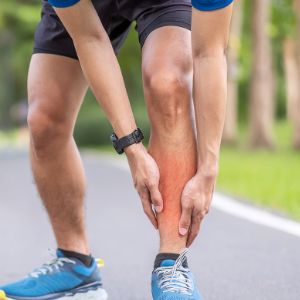
The most common symptoms of shin splints are:
- Moderate to severe pain to the shin bone or the attached muscles – especially when doing physical activities.
- Soreness or tenderness along the shin.
- Localised redness and inflammation, with the heat, often present over the affected area.
- Swelling or tautness in the shin.
What Causes Shin Splints?
Shin splints are caused primarily by excessive forces and pressure on the shinbone and the connective tissues that attach the surrounding muscles to this bone. Some of the common causes are:
- A sudden increase in training frequency and intensity – especially during stages where you push yourself harder to reach the next level of fitness/ performance.
- Overuse of your shinbone and muscles due to excessive training. Excessive training using consistent, repetitive movements can lead to injuries.
- Not enough recovery time between training/exercise reps can contribute to shin splints.
- Flat feet or high arches. The Tibialis Anterior muscle, the one most commonly affected by shin splint pain, plays a huge role in supporting your arch.
- Wearing ill-fitting shoes.
- Running downhill or on slanted surfaces/uneven terrain.
- Participating in sports which include sudden stops & bursts of speed
Poor training or sports technique – Sometimes poor posture or form when running or playing games leads to uneven distribution of forces of impact leading to shin injuries.
How to treat Shin Splints yourself
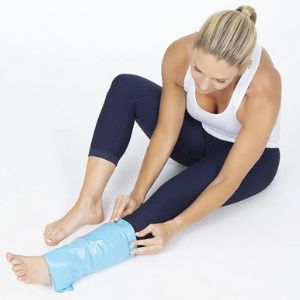
When suffering from shin pain, it's important not to "push through it". The pain is actually a message that the bone or surrounding tissue is injured. Continuing with your activity will only aggravate the issue and the pain will intensify over time.
- Rest is the most effective treatment for shin splints.
- The period of rest may vary depending on the severity of the injury. But a common recommendation is a minimum of 2 weeks of rest.
- If you wish to keep exercising, modify your regime to include gentle activities including walking, swimming, cycling or weight training. Just make sure that these activities don’t aggravate your shin splints.
- Apply an ice pack to the affected shin for 10 - 20 minutes a few times per day to help with the calming process.
Over-the-counter anti-inflammatory medication may be helpful, but you must check with your doctor before you take any medication.
Preventing Re -Occurence

Once you have been given an all-clear to get back into training, be sure to follow the advice of your practitioner. Here are some simple tips to help you on your way back into training without re-injury:
- Do a thorough warmup, including active dynamic warmup drills.
- Include proper cool down drills including static stretching and foam rolling in your regime.
- Progress your training regime steadily and ensure your program is balanced.
- Apart from running, consider adding in other exercises, so you are not overusing and fatiguing the same parts of your body.
Ensure you wear shoes that fit properly and support and enhance your running style.
Chiropractic Treatment for Shin Splints
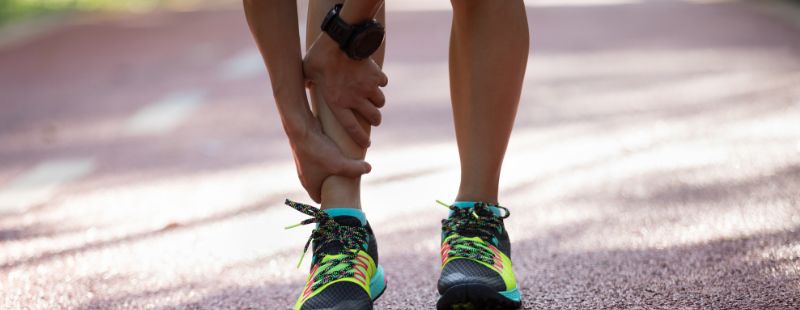
Sometimes a good pair of hands and some solid support and guidance is just what you need to get through an injury with relative ease. Our highly skilled Sports Chiropractors are experts at looking after all manner of sporting injuries including shin splints.
We can get you back on your feet with:
- Guidance on exercise modification. It’s great if you can afford to take the time to rest. But sometimes there are goals to be met. When events are booked in, a complete break may not be an option. Finding alternative ways to keep your fitness up without aggravating your injury is a priority.
- With a tailored treatment plan designed to speed up your recovery process. This will usually include:
- Utilising soft tissue techniques such as Myofascial Dry Needling and Active Release to release the tension.
- Chiropractic adjustments to the feet, ankle and tibia/fibula joints to ensure that any adhesions that might be contributing to your injury are released.
- Mobilisations to your feet, ankle and tibia/fibula joints to ensure that the movement in these joints isn't restricted.
- Strapping to help support and mobilise as required.
Many professional athletes and sportspersons turn to chiropractic treatments to help them get back to their full potential. Now that you know what are shin splints, and what causes them if you are looking for some professional help, click here to book an appointment today.
If you are not 100% sure you have Shin Splints, or you need a little more information, read our article on Plantar fascia, to see if the tension in your feet is causing discomfort in your legs.
Whatever the cause, don’t ignore the pain caused by shin splints. A little timely chiropractic care can help you stay fit and lead a pain-free life.
